- No products in the cart.
Table Ibuklin n / v film 400 / 325mg 10 pcs
$3.60
Table Ibuklin n / v film 400 / 325mg 10 pcs
SKU: 1551328338 Categories: Analgesics, antispasmodics, Medicaments Tags: DR.REDDIS, Ibuprofen + paracetamol
Description
Composition
Active substance:
400 mg ibuprofen and 325 mg paracetamol.
Excipients:
Microcrystalline cellulose 120 mg Corn starch 76 mg, 3 mg glycerol, sodium carboxymethylstarch (type A) 7 mg Colloidal silica 5 mg talc 8 mg Magnesium stearate 6 mg.
Coating: Hypromellose 6 cps 11,32 mg, sunset yellow dye (E110) 1.78 mg Aluminum lacquer, macrogol 6000 2.2 mg talc 4.06 mg titanium dioxide 0.16 mg, polysorbate-80 0 16 mg, sorbic acid 0.16 mg dimethicone 0.16 mg.
Description:
Tablets kapsulovidnoy shape, film-coated orange color, with the mark on one side; the cross-section – the core of a white or nearly white.
Product form:
Tablets, film-coated, 400 mg + 325 mg.
10 tablets in PVC / Al blister.
1 blister pack in the carton together with instructions for use.
Contraindications
Increased individual sensitivity to the drug (including to other NSAIDs), gastric ulcer and duodenal ulcer exacerbation, gastrointestinal hemorrhage, severe renal impairment (creatinine clearance less than 30 mL / min), full or partial combination of asthma, recurrent nasal polyposis and paranasal sinuses and intolerance to acetylsalicylic acid or other NSAIDs (including history), optic nerve damage, genetic absence of glucose-6-phosphate dehydrogenase, c diseases Stem blood, since the coronary artery bypass surgery; progressive renal disease, severe liver failure or active liver disease, confirmed hyperkalemia, active gastrointestinal bleeding, inflammatory bowel disease, children up to 12 years.
Carefully:
Ischemic heart disease, chronic heart failure, cerebrovascular disease, dyslipidemia / hyperlipidemia, diabetes mellitus, peripheral arterial disease, smoking, CC less than 60 ml / min, ulcerative lesions of the gastrointestinal tract in the history, the presence of Helicobacter pylori infection, advanced age, long-term use NSAIDs, alcoholism, severe somatic diseases, concomitant use of oral corticosteroids (including prednisone), anticoagulants (including warfarin), antiplatelet agents (including chi follows, acetylsalicylic acid, clopidogrel), selective serotonin reuptake inhibitors (including citalopram, fluoxetine, paroxetine, sertraline).
Indications
– symptomatic therapy of infectious and inflammatory diseases (colds, flu), accompanied by fever, chills, headache, pain in muscles and joints, pain in the throat;
– myalgia;
– neuralgia;
– back pain;
– joint pain, pain in inflammatory and degenerative diseases of the musculoskeletal system;
– the pain of bruises, sprains, dislocations, fractures;
– post-traumatic and postoperative pain;
– toothache;
– algomenorrhea (painful menstruation).
The drug is intended for the symptomatic therapy reduce pain and inflammation at the time of use, does not affect the progression of the disease.
Interaction with other drugs
With the simultaneous application of the drug Ibuklin® medicine may develop various interaction effects.
Together with the admission of acetylsalicylic acid, ibuprofen reduces its anti-inflammatory and antiaggregatory action (possible increase in the incidence of acute coronary insufficiency in patients receiving means antiagregatsionnogo as low doses of aspirin, after the beginning of reception).
The combination with ethanol, corticosteroids, corticotropin increases the risk of erosive and ulcerative lesions gastrointestinal tract.
Ibuprofen increases the effects of direct (heparin) and indirect (coumarin derivatives and indandiona) anticoagulants, thrombolytic agents (alteplase, anistreplase, streptokinase, urokinase), antiplatelet agents, colchicine – increases the risk of bleeding complications.
It enhances the hypoglycemic effect of insulin and of oral hypoglycemic drugs.
Attenuates the effects of antihypertensive drugs and diuretics (due to renal prostaglandin synthesis inhibition).
Increases the blood concentration of digoxin, drugs lithium and methotrexate.
Caffeine increases the analgesic effect of ibuprofen.
Cyclosporine and drugs increase the nephrotoxicity of gold.
Cefamandole, cefoperazone, cefotetan, valproic acid, plicamycin increase the incidence hypoprothrombinemia.
Quinolone antibiotics series: patients receiving collaborative care NSAIDs and quinolone antibiotics series, may increase the risk of seizures.
Antacids and colestyramine reduced drug absorption.
Mielotoksicskie drugs promote display gematotoksichnosti drug.
Mifepristone: NSAIDs should be started no earlier than 8-12 days after mifepristone administration as NSAIDs can reduce the efficacy of mifepristone.
Tacrolimus: the simultaneous use of NSAIDs and tacrolimus may increase the risk of nephrotoxicity.
Zidovudine: simultaneous application of NSAIDs and zidovudine could result in increased gematotoksichnosti. There is evidence of increased risk of haemarthrosis and hematoma in HIV-positive patients with hemophilia who received co-treatment with zidovudine and ibuprofen.
Drugs that block tubular secretion: reducing clearance and increase plasma concentrations of ibuprofen.
Inductors microsomal oxidation (phenytoin, ethanol, barbiturates, rifampicin, phenylbutazone, tricyclic antidepressants): increased production of active hydroxylated metabolites increased risk of severe intoxication.
Inhibitors of microsomal oxidation: reducing the risk of hepatotoxicity.
Uricosuric drugs: reduction of drug efficacy.
If you apply the above or any other medicines (including OTC), before use of the drug Ibuklin® consult your doctor.
Overdose
Symptoms: gastrointestinal disorders (diarrhea, nausea, vomiting, anorexia, epigastric pain), increased prothrombin time, bleeding after 12-48 hours, lethargy, drowsiness, depression, headache, tinnitus, impaired consciousness, abnormal heart rate, blood pressure, hepatotoxicity and nephrotoxicity manifestations, seizures may develop gepatonekroz. If you suspect an overdose, immediately seek medical help.
Treatment: gastric lavage within the first 4 hours; alkaline water, forced diuresis; activated carbon inside administering donators SH-groups, and the synthesis of glutathione-methionine precursor through 8-9 hours after the overdose and N-acetylcysteine intravenously into or – after 12 hours, antacids; hemodialysis; symptomatic therapy. The need for additional therapeutic interventions (methionine further administration, intravenous administration of N-acetylcysteine) is determined depending on the blood concentration of paracetamol, as well as on the time elapsed after administration.
pharmachologic effect
Pharmacological group:
Analgesic, combined (NSAIDs are non-narcotic analgesic agent +).
Pharmacodynamics:
Combination drug action is due to its constituent components.
Ibuprofen – nonsteroidal anti-inflammatory drug (NSAID), has analgesic, anti-inflammatory, antipyretic effect. Inhibiting the cyclooxygenase (COX) 1 and 2, gives the arachidonic acid metabolism, reduces the amount of prostaglandins (mediators of pain, inflammation and hyperthermic reaction) as in inflammation and in healthy tissue, inhibits the exudative and the proliferative phases of inflammation.
Paracetamol – COX non-selectively blocks, mainly in the central nervous system, a weak influence on the water-salt exchange and the mucosa of the gastrointestinal tract (GIT). It has analgesic and antipyretic effect. The inflamed tissues neutralized peroxidase effect of paracetamol on COX 1 and 2, which explains the low anti-inflammatory effect.
Effectiveness of the combination is higher than the individual components. Arthralgia, decreases at rest and during motion, reduce morning stiffness and joint swelling, increases range of motion.
Pharmacokinetics:
ibuprofen
Absorption – high, rapidly and almost completely absorbed from the gastrointestinal tract. The time to reach maximum concentration (TCmax) after ingestion – about 1-2 hours Connection plasma proteins -. 90%. The half-life (T1 / 2) -. About 2 hours slowly penetrates into the joint cavity, accumulates in synovial fluid, creating in it a higher concentration than in blood plasma. After absorption of about 60% pharmacologically inactive R-form is transformed slowly into the active S-shape. Metabolized. More than 90% of kidney (unchanged no more than 1%) and to a lesser extent in bile as metabolites and their conjugates.
Paracetamol
Absorption – high, communication with plasma proteins – less than 10% and increases slightly in overdose. Sulfate and glucuronide metabolites do not bind to plasma proteins even in relatively high concentrations. The value Cmax – 5-20 ug / ml, TCmax -. 0,5-2 hours suffices uniformly distributed in body fluids. It penetrates the blood-brain barrier.
Approximately 90-95% of the paracetamol is metabolized in the liver to inactive conjugates glucuronic acid (60%), taurine (35%) and cysteine (3%) and small amounts of hydroxylated and deacetylated metabolites. A small portion of the drug is hydroxylated microsomal enzymes to form a highly active N-acetyl-n-benzoquinoneimine which binds to glutathione sulfhydryl groups. When glutathione depletion in the liver (overdose) hepatocytes enzyme system may be blocked, leading to the development of necrosis.
T1 / 2 -. 2-3 hours in patients with cirrhosis T1 / 2 slightly increases. In elderly patients, the drug decreases clearance and increases T1 / 2. Predominantly excreted by the kidneys as glucuronide and sulfate conjugates (less than 5% – unchanged). The breast milk penetrates less than 1% of the dose of paracetamol. Children have the ability to form conjugates with glucuronic acid is lower than in adults.
Pregnancy and breast-feeding
In I and II trimestre pregnancy Ibuklin® use of the drug can only be prescribed by a doctor in cases where the potential benefits outweigh the potential risk to the mother and the potential risk to the fetus. Use of the drug in the III trimester of pregnancy is contraindicated.
If necessary, use during lactation should stop breastfeeding.
In experimental studies have established embryotoxic, teratogenic and mutagenic action components Ibuklin® preparation.
Before applying Ibuklin® medication if you are pregnant or suspect that you might be pregnant, or planning to become pregnant, you must consult your doctor.
Conditions of supply of pharmacies
Without recipe.
side effects
Disorders of the gastrointestinal tract
NSAID-gastropathy – nausea, vomiting, heartburn, anorexia, discomfort, or epigastric pain, diarrhea, flatulence; rarely – erosive and ulcerative lesions, bleeding; liver dysfunction, hepatitis, pancreatitis; irritation or dryness of the mouth, mouth pain, ulceration of the mucous membrane of the gums, aphthous stomatitis; constipation. Peptic ulcer, melena, bloody vomiting, in some cases fatal, especially in elderly patients with gastritis, colitis and exacerbation of Crohn’s disease, increased activity of “liver” transaminases, jaundice.
Disorders of the nervous system and sensory organs
Headache, dizziness, insomnia, anxiety, nervousness, irritability, agitation, drowsiness, depression, confusion, hallucinations; rarely – aseptic meningitis (usually in patients with autoimmune diseases); hearing loss, tinnitus, visual disturbances, toxic damage to the optic nerve, blurred vision or double vision, scotoma, amblyopia.
Violations of the cardiovascular system
Cardiac insufficiency, peripheral edema, with prolonged use at increased risk of thrombotic complications (e.g., myocardial infarction), hypertension, tachycardia.
Blood disorders and lymphatic system
Anemia (including aplastic and haemolytic), thrombocytopenia, thrombocytopenic purpura, agranulocytosis, leukopenia, pancytopenia.
Violations of the respiratory system and organs of the mediastinum
Dyspnea, bronchospasm, bronchial asthma.
Violations of the kidneys and the urinary tract
Allergic nephritis, acute renal failure, nephrotic syndrome, edema, polyuria, cystitis, hematuria, proteinuria, nephritic syndrome, papillary necrosis, interstitial nephritis.
allergic reactions
Skin rash, pruritus, urticaria, angioedema, bronchoconstriction, dyspnea, allergic rhinitis, dryness or eye irritation, swelling of the conjunctiva and the eyelids, eosinophilia, fever, anaphylactic shock, exudative erythema multiforme (Stevens-Johnson syndrome), toxic epidermal necrolysis (syndrome Lyell).
laboratory findings
Reduction of serum glucose concentrations, a decrease in hematocrit and hemoglobin, increased bleeding time, an increase in serum creatinine.
other
Increased sweating.
With prolonged use at high doses: mucosal ulceration gastrointestinal bleeding (gastrointestinal, gingival, uterine, hemorrhoids), vision disturbance (disturbance of color vision, scotoma, amblyopia).
If you have marked side effects indicated in the instructions or they are compounded, or if you notice any other side effects not mentioned in the instructions, tell your doctor.
special instructions
The usefulness of the drug as an antipyretic decided in each case depending on the extent, nature and tolerance of febrile syndrome.
To reduce the risk of adverse effects on the gastrointestinal tract should use the lowest effective dose of the lowest possible short course. With simultaneous use of anticoagulants indirect indicators of blood coagulation must be controlled. Avoid joint drug administration Ibuklin® with other NSAIDs. To avoid possible damaging effect on the liver while taking the drug should not drink alcohol.
With long-term (over 5 days) taking the drug requires monitoring of peripheral blood and functional state of the liver.
The preparation may distort the results of laboratory tests for the quantitative determination of glucose, uric acid in blood serum, a 17-ketosteroids (requires removal of the drug for 48 h before the test).
Effects on ability to transp. Wed. and fur .:
During treatment, the patient should refrain from activities potentially hazardous activities that require increased attention and psychomotor speed reactions
Storage conditions
At temperatures above 25 ° C.
Keep out of the reach of children!
Dosing and Administration
Inside (before or 2-3 hours after a meal) is not liquid, squeezed with sufficient water.
1 tablet 3 times a day. The maximum daily dose – 3 tablets.
Duration of treatment is not more than 3 days as antipyretic and not more than 5 days as an analgesic. Continuation of treatment is possible only after consultation with your doctor.
If after treatment there is no improvement or symptoms are aggravated, or there are new symptoms, you should consult with your doctor. Use according to the drug only indications that the application and in those doses which are specified in the instruction.
Information
Appearance may differ from that depicted in the picture. There are contraindications. You need to read the manual or consult with a specialist
Additional information
| Weight | 0.100 kg |
|---|---|
| Manufacturer | DR.REDDIS |


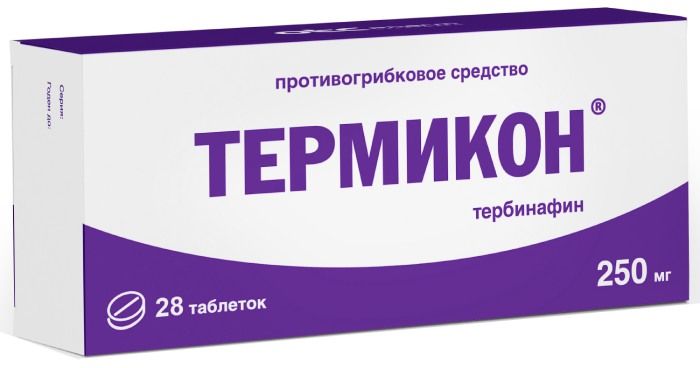
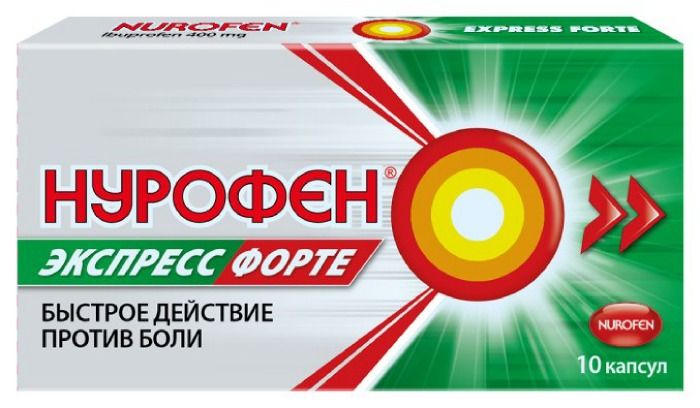
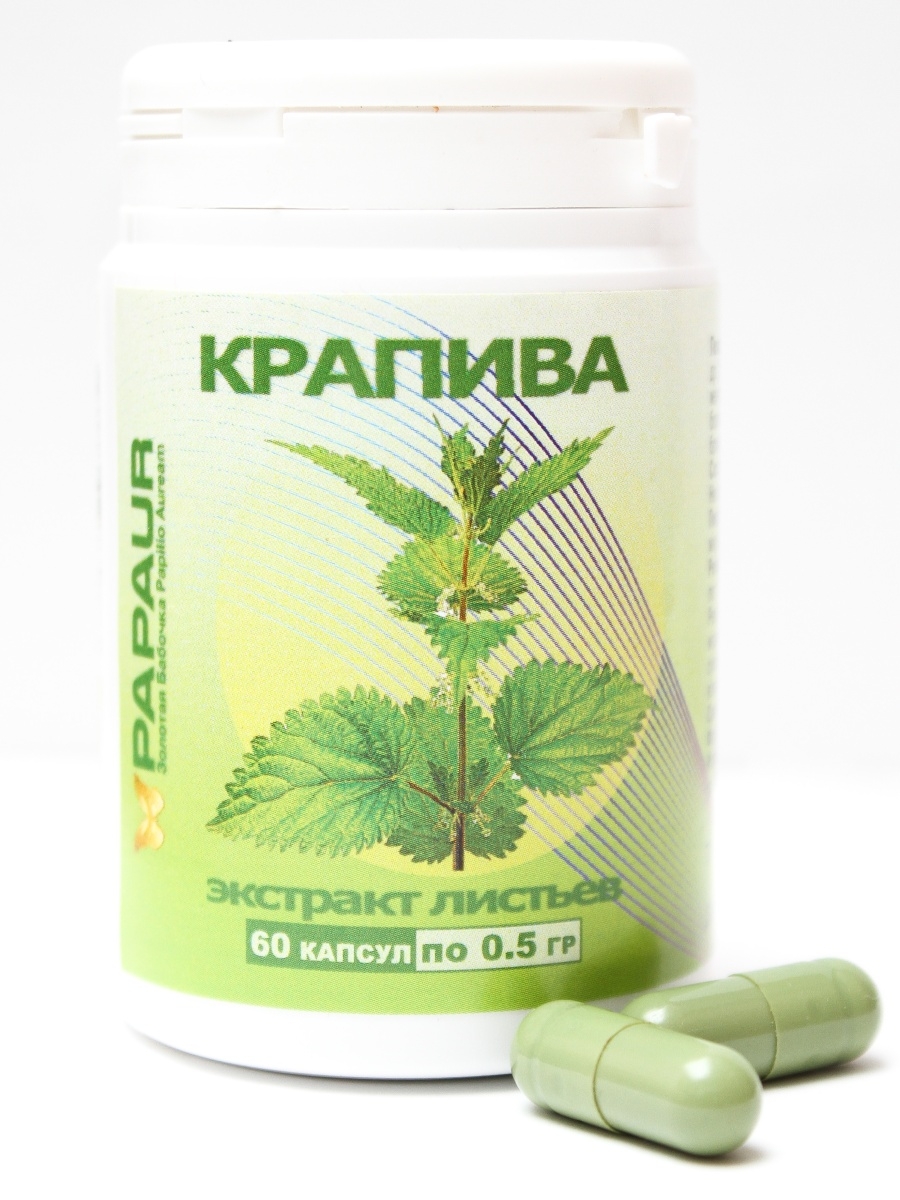

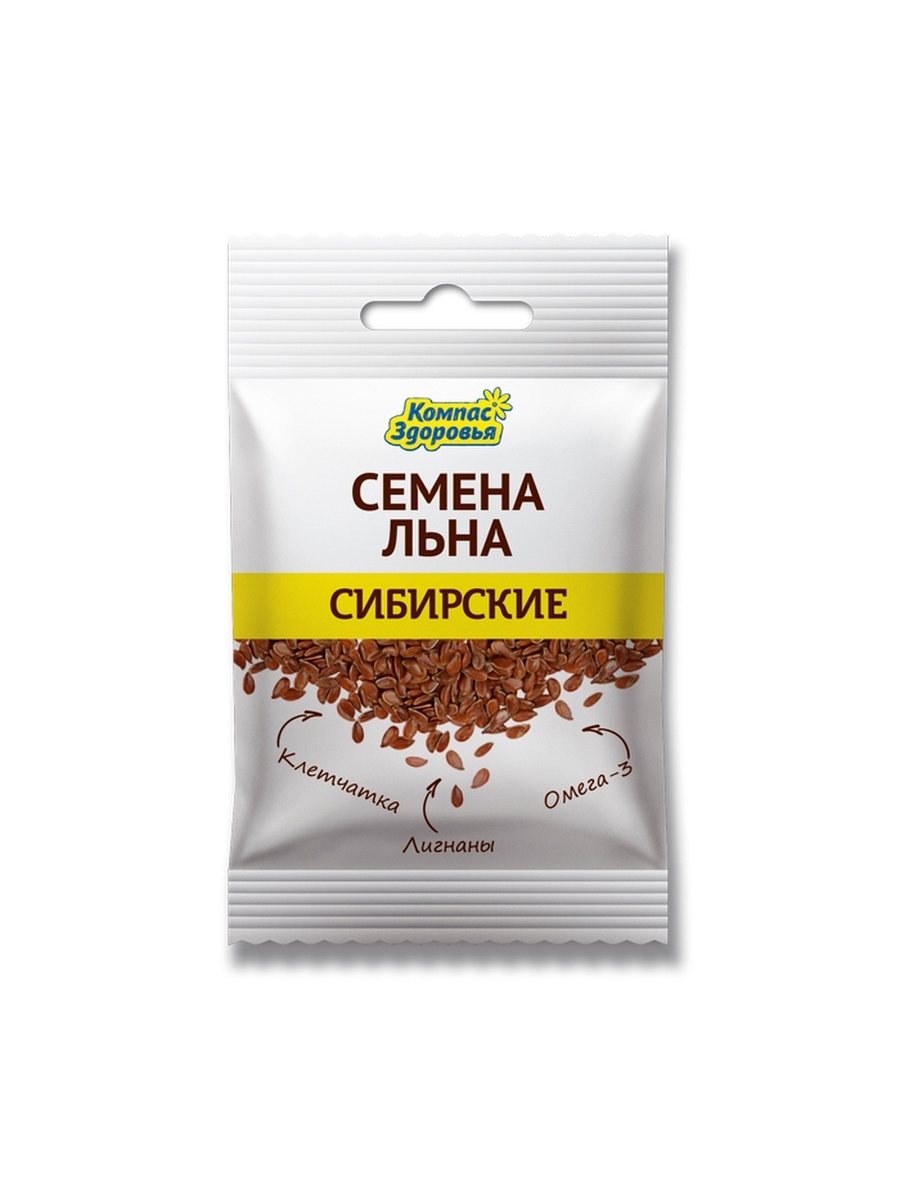
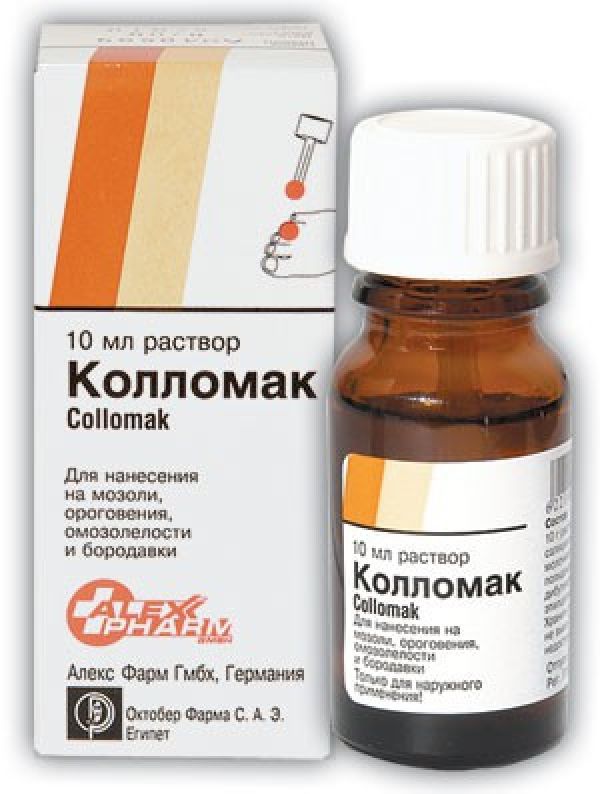
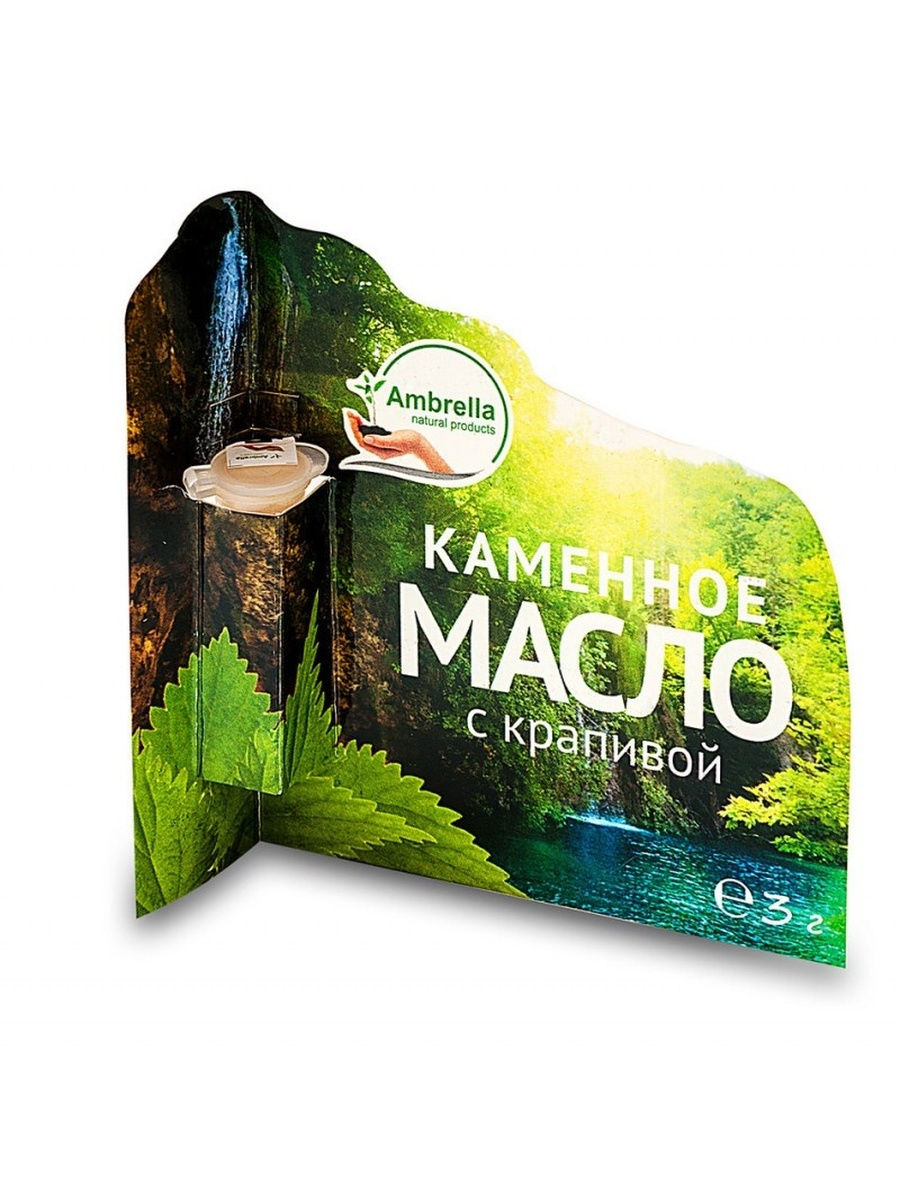
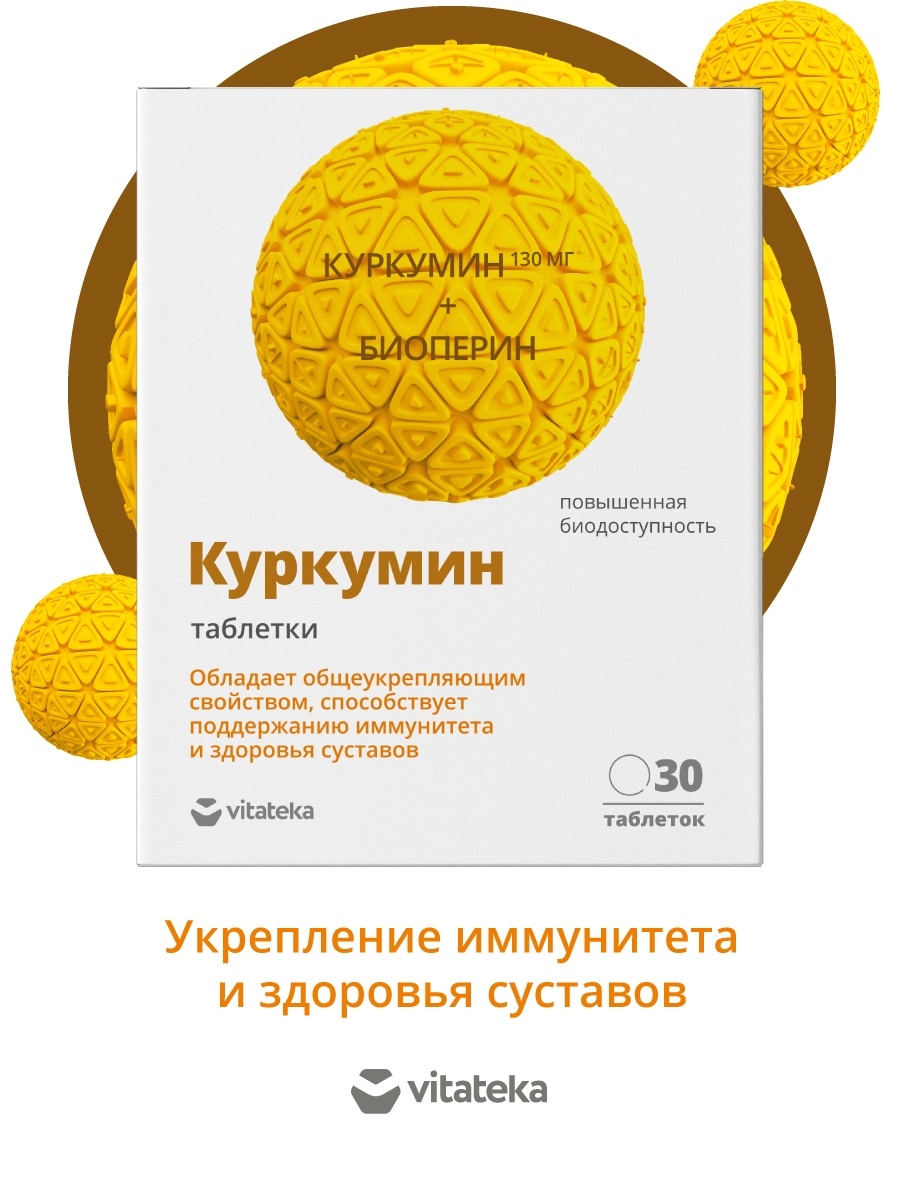




There are no reviews yet.